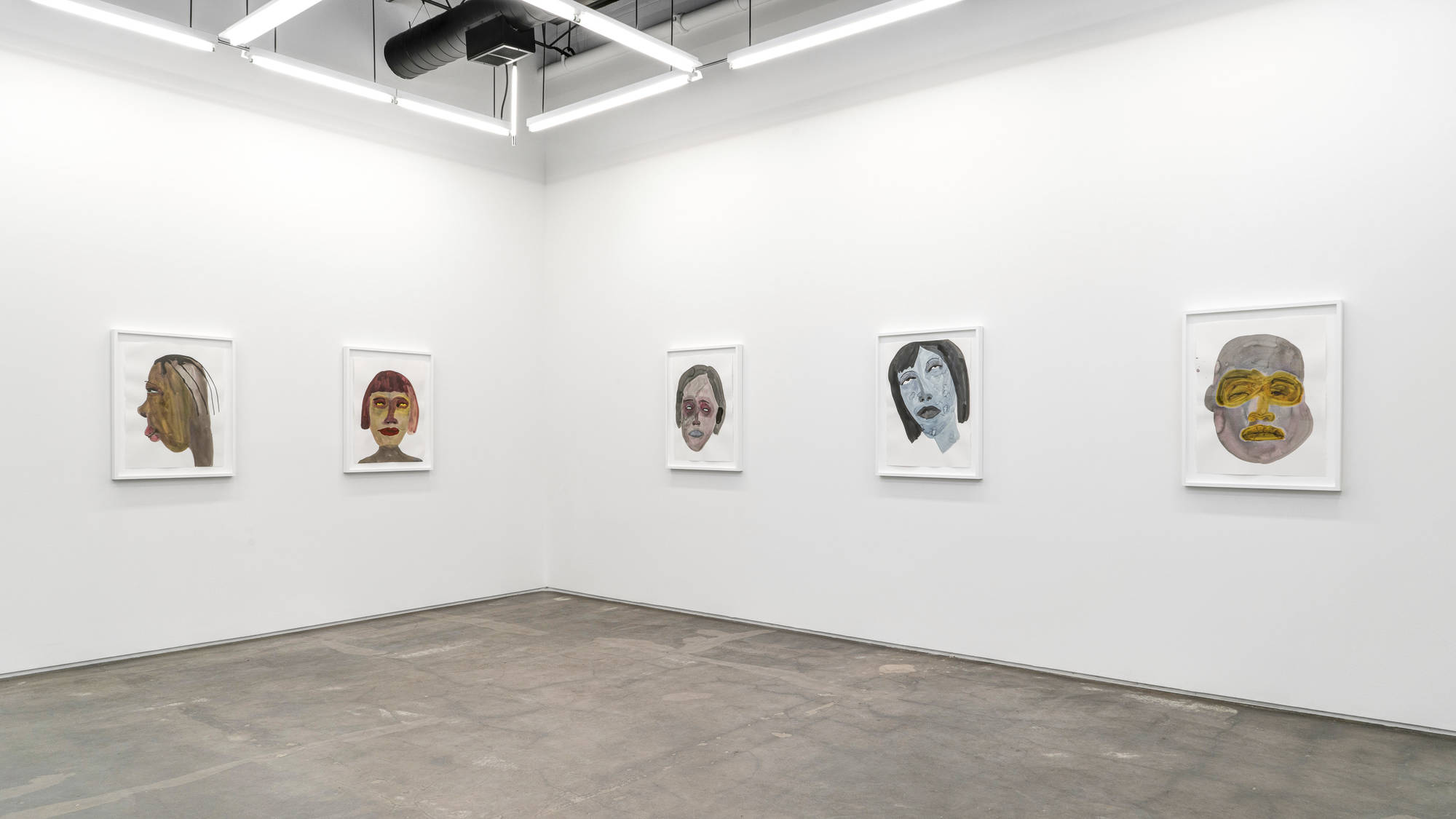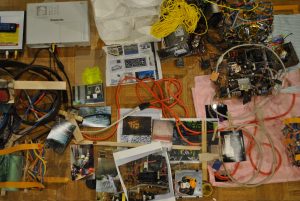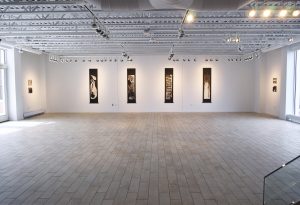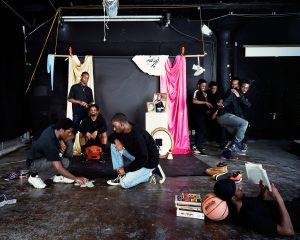I’m not even going to belabor the conversation about how we are all living through some of the most challenging times that we may ever see in our existence. We are simply trying to survive a global pandemic amongst civil unrest in the wake of police brutality and efforts to dismantle white supremacy, all during an extremely high stakes election year.
As an artist, I know I’m not the only one who has received these types of emails over the past few months,
“We hope you understand that your exhibition has been postponed due to circumstances surrounding the global pandemic.”
“The gallery has implemented a virtual platform to promote your work in lieu of an in-person exhibition opening.”
“Your health and well-being is extremely important to us, which is why we have decided to cancel your upcoming event.”
The pandemic has changed every aspect of our daily lives. Schools, jobs, social gatherings, shopping, exhibitions, festivals, events, and countless others can be added to the never-ending list of things that no longer operate as they once did. Everything now being stamped with the label “The New Normal” has been exhausting, daunting, and surely impacts our collective mental health. Parents have taken on the role of educators, social gatherings are now Zoom parties, weddings are streamed live, art exhibitions and concerts are virtual. In addition to navigating the world amongst COVID-19, many of us are actively participating in marches, demonstrations, and protests since the murder of George Floyd, the shooting of Jacob Blake, and countless others who have fallen victim to police brutality and the broken system present in our country. In support of the Black Lives Matter movement, artists are standing up, taking action, and making change – on many levels, big and small.
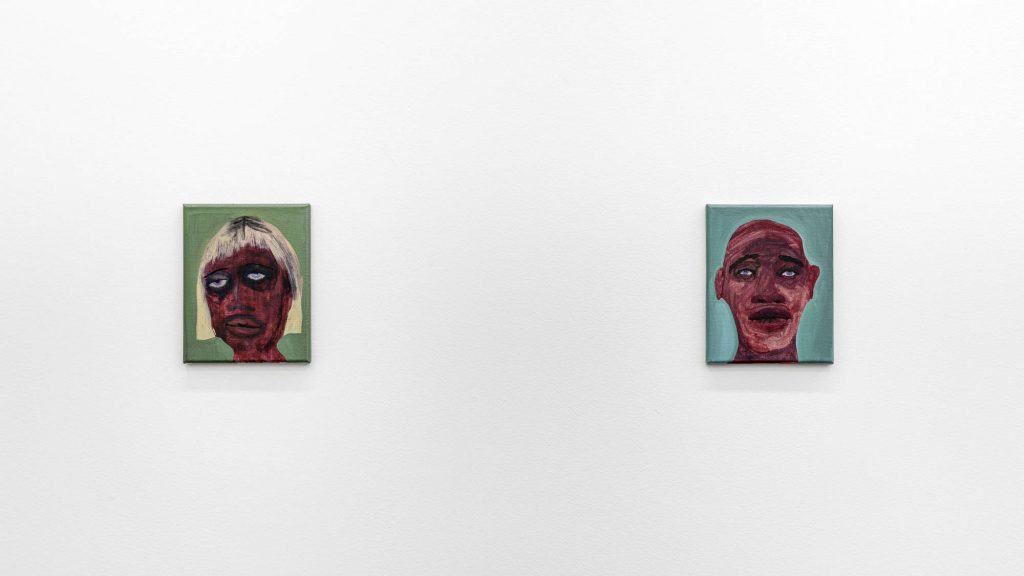
Since March, I’ve been reflecting on my role as an artist in today’s world. I have questioned my own power and intentions as a creator. What work have I done to make an impact? Is my work inclusive? Does it promote equitable, anti-racist practices? What type of work do I intend to continue? What gallery spaces do I frequent and who runs them? Who do I collaborate with? What does that say about me and my community? The work of an artist is far from that of a one-trick pony; we almost never make paintings in a vacuum. Being connected to the people around you and staying engaged is part of the job, part of the work. It feels appropriate and necessary to take a step back and give yourself time to reflect on some of these questions. I know I am still sifting through my answers, sitting with these ideas and remaining focused and aware of my actions as an artist.
Organizing fundraisers, curating exhibitions, donating services, connecting people to resources, producing cultural content, sharing feedback, creating space, and igniting conversation are just a handful of ways I’ve been staying engaged and plugged-in to the current events that are impacting all of us. But, in my opinion, these are the roles that we, as artists, take on regardless of the presence of a global pandemic. We’ve been doing this work for some time. Now under quarantine, the world has “gifted” us time to reflect on how we spend our energy navigating our personal and professional lives. As some of us begin to physically enter back into the workforce in academia or elsewhere, I encourage you to consider the following questions:
Have our roles as artists changed with the pandemic? With the presence of civil uprising? Is it our duty, as creators, to be agents of social change? Are our actions, creativity, and efforts the same as they ever were? How are we enacting transformation through our work and on what scale? Why does it feel different now?
The stakes are high. Our voices, our words, and intentions determine our place in the world and our roles as artists give us power–maybe more than we realize. In August, I discussed some of these topics in a conversation with artist February James as we spoke about making work during the pandemic and the artist’s ability to implement change.
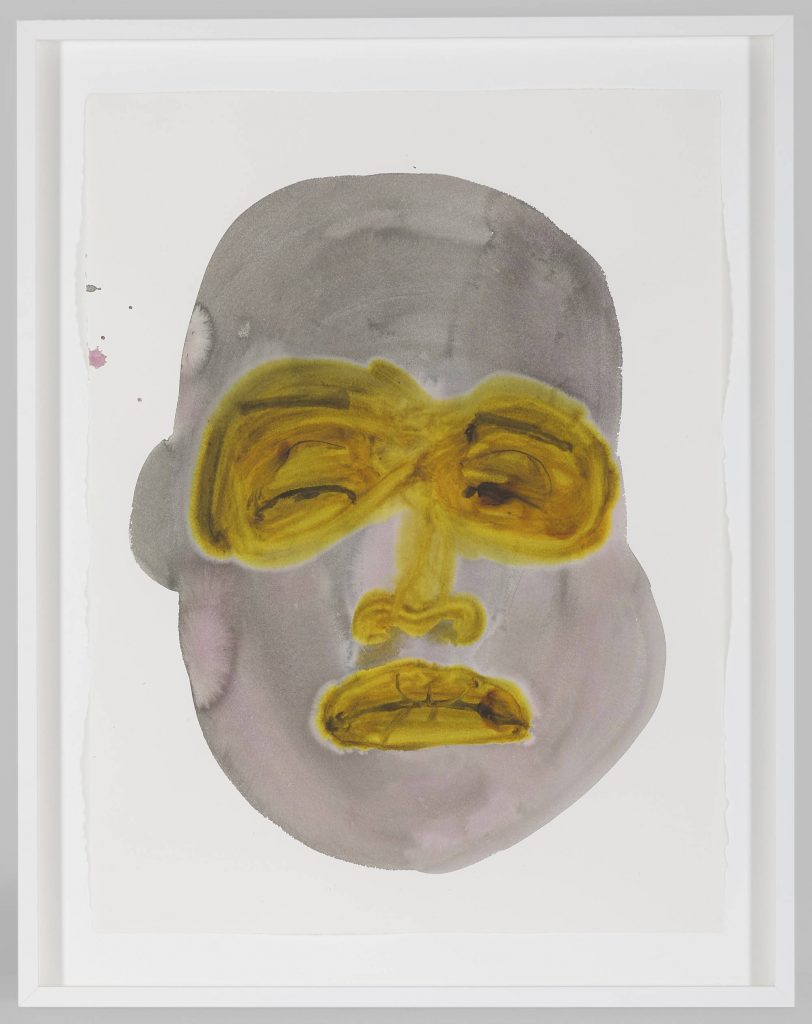
Originally from Washington D.C., February James is a contemporary artist currently living and working in Los Angeles, CA. February has a background in makeup artistry, but has been making artwork for as long as she can remember. It wasn’t until about eight years ago that she started sharing work online during her pregnancy after moving to L.A. to pursue a career in makeup. Now a mother and a student, February is currently studying to complete her BFA at the ArtCenter College of Design in Pasadena, CA. Her exhibition We Laugh Loud So The Spirits Can Hear was recently on view at Monique Meloche Gallery from July 11 through August 22, 2020 as part of a tandem presentation of two solo exhibitions with Los Angeles/New York based artist Chase Hall. I sat down with February for a conversation about her work in the exhibition.
The paintings in We Laugh Loud So The Spirits Can Hear were created while under lockdown and include both large scale watercolor portraits and smaller, intimate oil-painted portraits. The figures in February’s work aren’t what some might expect portraits to look like. Some feel haunting, ghostly, or even dark. They are not portraits in the traditional sense; she doesn’t attempt to recreate a likeness of a person or a photograph. Instead, they feel like the essence of a person, or the aura of a memory. They are representative of familial events, interactions, memories, and emotions. In February’s words, “I’m painting an image that a photograph can’t hold.” Even through a shift in scale, media, and speed, she is able to create highly emotive, deeply moving portraits.
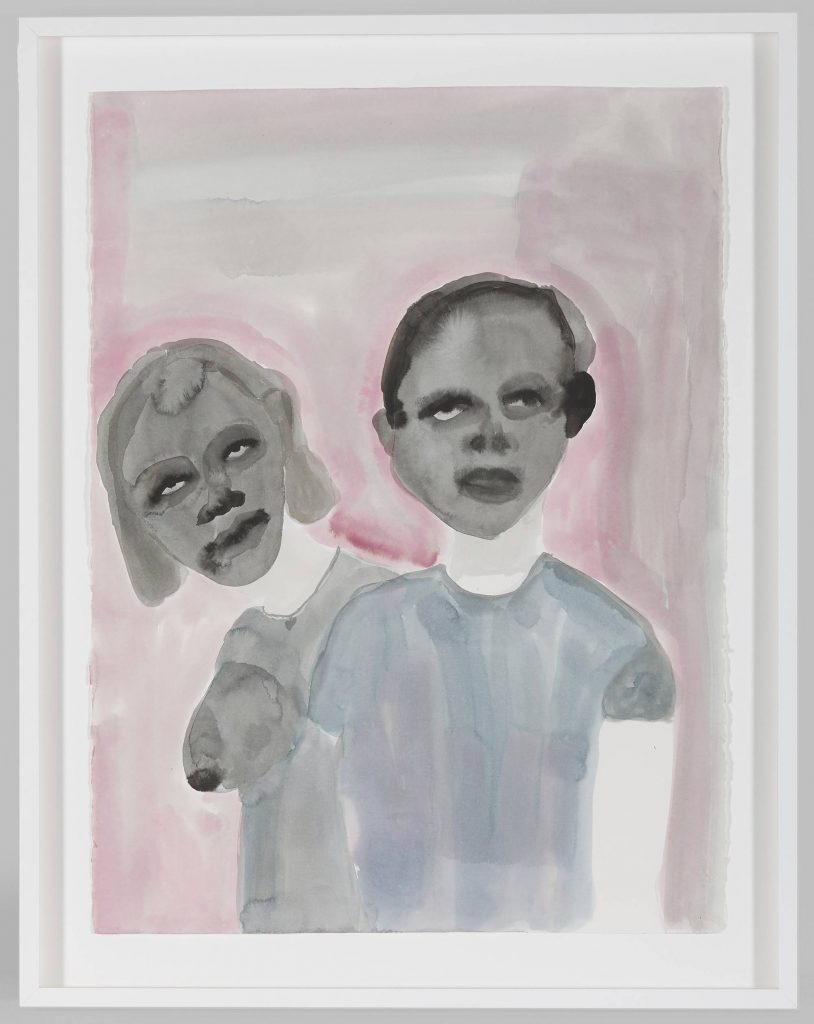
At the beginning of her art-making journey, February was making very different work. According to her, “Before, in my sketchbook, I was making realistic drawings that mimicked a photograph and I have to relate that to doing makeup. With makeup, everything had to be pristine. An eyelash had to be in place–there could not be any line to show imperfections. When I started to paint, I let go of that notion. I started to let the work be the work and not try to make it pretty.” She also discusses her experience with her makeup clients at that time. “You are in an intimate setting with them, you end up hearing so much. And with a woman, you are taking off things like makeup that might make a woman feel comfortable and complete in certain settings. You’re seeing her in an extremely vulnerable state, having vulnerable conversations. And then you put everything back on and you see her just completely transform. No matter what the client is dealing with behind closed doors, when the makeup is on and she’s dressed and ready to perform, and he or she has to push that aside. I just thought that’s such an interesting thing, to have to close yourself off to your own emotions to go out and perform for others.”
Although February’s primary medium and work have changed since being a makeup artist, her recent exhibition at Monique Meloche examines different types of vulnerable spaces that are painted from her own experiences. Using familial relationships, personal connections, and emotions, February is exploring social miscalculations that we can all come to understand. The process of creating these moving portraits is cathartic and healing for February. Thinking about the people or situations that inspired them, basking in the memories, and listening to the music, film, or photos that surround her throughout the painting process has become ways to cope and initiate transformation.
“When I make work now, I’m conjuring up this emotional place. I am painting from my lived experiences. These are all aunts, uncles, and people that have been around me or informed my upbringing. I’m attempting to create a space that holds that emotional state. In my work, I do tend to probe cultural transmissions and oral histories; things that are passed down from generation to generation. But I’m not resolving that in the work itself. I’m kind of situating all of us into this emotional space to start to bring about conversations that will change the future. In my work, I intend to open up a discussion about what’s going on, instead of resolving it in the work. It can’t be resolved, because there is so much that we are all still dealing with. The space for discussion is invited as a way to begin the conversation.” This dialogue February refers to isn’t necessarily a formal “conversation,” but rather an encouragement to others to reflect on their own personal histories, traditions, norms, language, and things they’ve learned and absorbed from their families. It’s possible that deep, dark, emotional spaces may present themselves through this intimate reflection; like the loss of a loved one, a traumatic event, or a family secret.
February acknowledges these dark spaces, saying: “I’m not trying to drown the viewer into these dark spaces, this is just the way that I’m able to communicate what I’m working through. I do want to acknowledge that these darker spaces exist, especially now. Whereas before, you would go out and put on a brave or strong face and you wouldn’t allow the public to know what’s happening in the home.”

“The context [of my work], the experience can be universal. But, I am a Black female, so I am specifically speaking about the complexities within the Black identity [in my work] as that is my lived experience. Even with the watercolors, they are amorphous shapes that seem to not have an identity, but rather an emotion. At some point, someone can relate to that emotional state, if they are open to it.” I can clearly recognize this emotional state in February’s piece Kick ‘Em In The Face, Taste The Body. The portrait is depicted in profile, with bright red lips and four dark watercolor strands for hair. The figure’s neck holds up their head from the bottom of the page and their eyebrow extends just beyond their green-tinted, caramel colored skin. It feels like they may be squinting, or perhaps contemplating something with an eyebrow raised, holding something back. February explains that the title of this piece “came from a song, but the heaviness of what people are feeling emotionally [is coming from] right now. The outrage and uprising and wanting to do physically more than you can; knowing what that feels like…and then being in isolation and not being able to do anything.

I can tangibly feel emotions rising up in me when something makes me outraged or angry. It’s like a burning feeling that builds from the pit of my stomach upwards into my chest and usually makes me sweat. The feeling becomes visceral, impossible to ignore. But that emotion doesn’t alway lead to physical action. This collection of portraits is an attempt to capture emotions like that. The figure in Kick ‘Em In The Face, Taste The Body appears calm and contemplative, as if they are considering their next move and holding a thought or emotion inside of themselves, determining what will come next.
February explains that she wants to open up a space or conversation about the future moving forward, to hold a space for things we don’t always talk about. She has found a way to communicate these things through making and showing your work, and aims to encourage others to find their own way to talk about their innermost thoughts and emotions. “I hope to just start the conversation,” says February. “A conversation about change will, in some way, plant a seed. A seed doesn’t grow overnight, but it begins to change the way you move in the world. A transformation happens, in a sense. But it doesn’t happen unless you start to change certain things. This is why [we must] examine and explore cultural transmission and oral histories, because a lot of it is the language that we kept as we grew, as families grew: [They say,] “this is what you do, this is what you are supposed to do.” If you challenge and examine that, change can happen. I’m the first artist to show publicly in my family. I moved away from home (I think I’m the first one to do that, too). Those things, changing a little bit, leads to things changing for my son.”
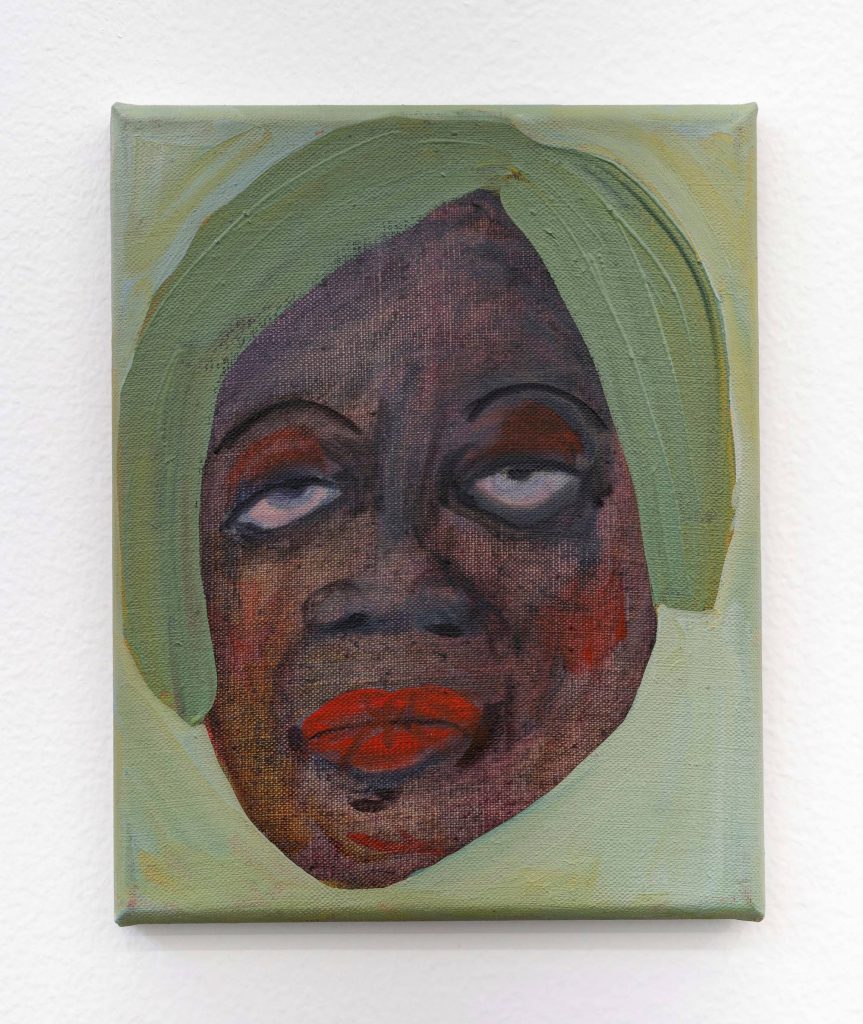
In our conversation, February and I considered the role of an artist right now, in today’s times, as I ask the complex questions,”Do you see your role as an artist as being one that’s an agent for social change or social justice? Have the current events, specifically surrounding the protests and activism around the BLM movement, impacted your practice as an artist or how you see your role as an artist today?”
“In the work, I’m talking about changing the social discourse that’s passed down from generation to generation. [I’m] building myself and my community up, trying to weave in conversations that will allow us to do things differently. I can’t change the things that are still happening to us. As an artist, I feel a great responsibility. The injustices are everywhere. We can no longer escape the conversations, the news feeds, or the hashtags. The pandemic has forced us all to stop, to witness, and to be active. It’s daunting and heavy. It is not my wish to say, with words, what my everyday, lived experience is as a Black woman in America. That’s why I paint. I would hope that some seed is planted outside of my community also. I’m one person, I’m one artist. I’m using a particular way of speaking that will not reach everyone.”
Transformation, or any type of change, can be long and messy, a difficult process. Artists are agents and proponents of cultural change. They do this through their work, the things they make, the people they connect, the events they organize, and through many other means. Change takes many forms and exists on all different levels. February’s work encourages people to look inwards, to look towards their past or their own families. She does this by communicating emotions through portraiture. That simple act of encouraging personal reflection is a seed being planted. Spending time looking, thinking, listening, learning begins to nurture that seed. Once it begins to root, to sink in, it will eventually spark change in your life moving forward; whether you realize it or not. Art can change the way we think, see, and interact with the world. Sometimes even small changes can have a huge impact. Transformation takes time, it’s not immediate. Our roles as artists are important, even on the small scale.
I will continue looking at February’s portraits, allowing myself to personally reflect and slow down. I will let the seeds take root and I will nourish them. I will think of her work the next time I’m at a family gathering and bask in the emotions that I’m feeling in the moment. Remembering her intentions and allowing her work to stick with me is the beginning of a transformation, an example of how artists can enact change.
We Laugh Loud So The Spirits Can Hear was on display from July 11 – August22 , 2020 at Monique Meloche Gallery.
Featured image: An installation view of We Laugh Loud So The Spirits Can Hear at Monique Meloche Gallery. The view shows five portraits by February James. Image courtesy of the artist and Monique Meloche Gallery.

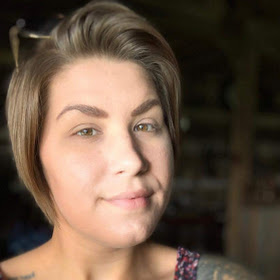
Rachel Hausmann Schall is a visual artist, writer and educator living and working near Milwaukee, WI. Her work explores the various forms of language and takes shape primarily as collage, painting and installation. Rachel Hausmann Schall is interested in artist-run, DIY, and alternative spaces that support emerging and underrepresented artists through exhibitions and programming within the greater Milwaukee area. Find more of her work at rhausmannschall.com.
